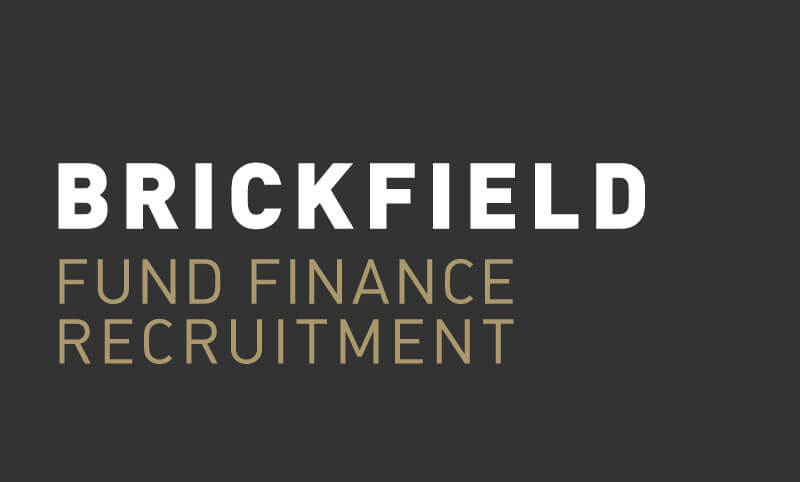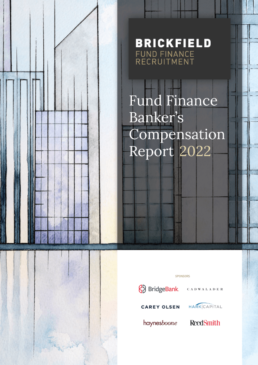The need for NAV: Brickfield Compensation Report preview

Brickfield Recruitment has been working on a new and expanded Fund Finance Banker’s Compensation Report, coming in September. Responses to Brickfield’s confidential survey have far exceeded those of the 2019 report and have already provided with some very interesting data into compensation and recruitment trends in the US market, which is seen in the fund finance industry as being the leading influencer on the global market.
An early trend Brickfield has identified is an apparent anomaly developing in the NAV market (Net Asset Value-based loan facilities, as opposed to traditional subscription financing). A significant number of respondents have expressed a definite need for NAV-experienced or NAV qualified talent. However, says Brickfield’s founder Rory Smith, their daily experience in the fund finance recruitment market this year has seen very little actual hiring activity for NAV-specific roles, or positions where NAV experience is a significant factor.
What we appear to have is a market looking to add NAV capability to product portfolios, while Brickfield has a number of NAV-specialised candidates in the fund finance market ready for them,” Smith says. “There are both NAV specialists already invested in the long-term growth in NAV-class products, and more traditional cap call/subline fund finance candidates who want to gain further experience with NAV while maintaining a diverse skillset as the fund finance market expands.”
Market players we spoke to confidentially on the issue indicate that the situation exists because NAV-based finance is perhaps good in theory, but still very much a niche product, with only few lenders actively offering NAV loans. “Some have systems to track values, but most banks don’t go beyond a guy in a cube with an Excel sheet,” one of Brickfield’s bank sources told the company.
Another added that the risk profile is just too different for NAV facilities, “so while traditional subscription line lenders recognise that there is an opportunity to add NAV finance to their product offering, when push comes to shove, their institutions don’t have the risk appetite for it.”
Another posited that there is a gap between senior secured low-risk sub lenders (the likes of NAB, BoA, Wells Fargo, Citi and most Asian banks who charge L+ spread) and medium hard-money lenders. “Borrowers don’t want to pay up on the other side, hence the gap. If a lender came in with current HY loan spreads and no equity, they’d do well.”
Additionally, Brickfield and its sources suspect that the continued strong growth in traditional subscription-based fund finance makes it less necessary for lenders to branch into NAV.




